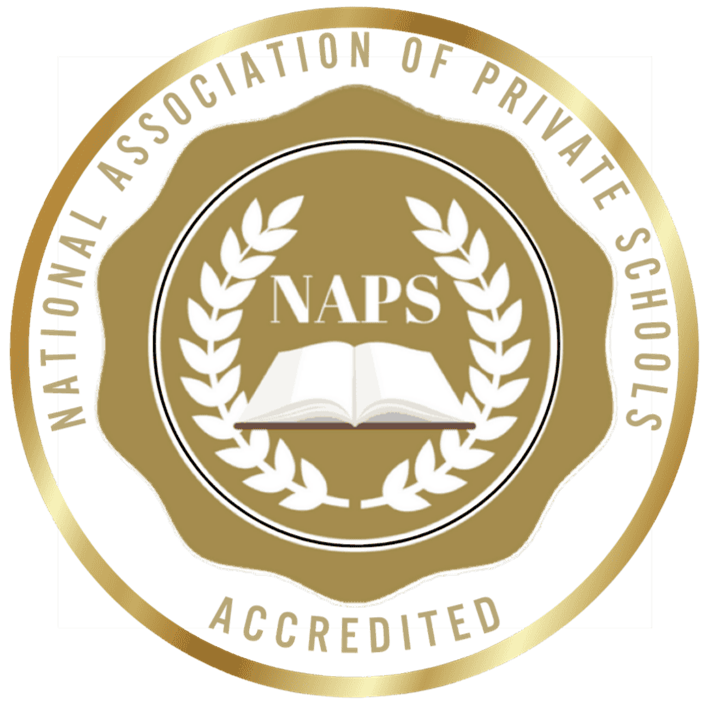Grade 12
Scope & Sequence Grade 12
Trigonometry Grade 12 (PACEs 1133–1138) (1/2 credit)
Credit Prerequisite: Algebra I, Geometry, and Algebra II
Trigonometry is a six-PACE, interactive learning experience for the student. Through the use of a graphing calculator, the student is able to solve realistic problems about our universe.
The student learns to:
Find unknown measurements involving triangles.
Determine the values of the trigonometric functions for any angle.
Establish and use trigonometric identities.
Graph trigonometric functions with and without a graphing calculator.
Use the inverse trigonometry functions to find angle measures.
Solve equations involving the trigonometric functions.
Graph functions in the polar plane.
Perform operations with complex numbers.
Recognize how trigonometry models our world.
This course reflects the use of a TI-83 Plus or TI-84 Plus graphing calculator.
English IV Grade 12 (PACEs 1133–1144)
Prerequisites: English I, II, and III
The student:
Is introduced to the different periods of British literature.
Builds a vocabulary notebook.
Improves writing skills in exposition, description, narration, and persuasion.
Learns about parallelism.
Writes character trait stories and answers essay questions accurately.
Reviews and practices grammar—capitalization and punctuation.
Uses the dictionary as a reference tool.
Learns about denotation and connotation.
Paraphrases and writes summaries while reading The Rime of the Ancient Mariner by Samuel Taylor Coleridge and Silas Marner by George Eliot (special edition).
Analyzes Shakespeare’s life and Macbeth.
Continues the study of speech—topic selection, preparation, speaking methods, and speech delivery.
Is encouraged in character development through examples given in each PACE.
U.S. Civics Grade 12 (PACEs 1133–1138) (1/2 Credit)
The student:
Studies the historical foundations of American Civics.
Reviews the Biblical, Greek, Roman, and Anglo-Saxon governments; types of church governments; origins, structures, functions, and limitations of state and local governments.
Studies the reasons and results of the Reformation and the influence of the philosophies of the Enlightenment on today’s culture.
Summarizes the historical, social, and economic conditions that led to the Declaration of Independence; the Articles of Confederation; Constitution ratification; and the colonial and modern meaning of “separation of church and state.”
Learns the structures and functions of the national government.
Economics Grade 12 (PACEs 1139–1144) (1/2 Credit)
The student:
Learns about price theory, laws of supply and demand, production, cycles of free enterprise, international and free trade, banking and investments, stewardship, government, and the economy.
Identifies definitions, terms, and theories of economics.
Learns about the organization and functions of the Federal Reserve and the Social Security Systems.
Interprets information from and uses profit and loss tables and graphs.
Learns how to establish and follow a budget.
Discovers the disadvantages of debt, the value of saving, and being involved in a long-range financial plan.
Physics Grade 12 (PACEs 1133–1144)
Prerequisites: Algebra I and Physical Science
The student:
Studies radiation and nuclear energy, heat energy and temperature, conduction, and convection.
Studies electrochemistry, wave motion and sounds, the Doppler effect, and optics and optical instruments.
Investigates states of matter—force, motion, gravity, momentum, and energy.
Reinforces learned concepts by review.
Learns to apply Scriptural principles to everyday situations.
Optional online videos also provide interactive, multimedia instruction and “virtual hands-on” lab experiments.
A DVD lab set is available.
Life of Christ (PACEs 1133–1144)
The student:
Examines the historic and cultural background of the New Testament.
Studies the nature of the Gospels.
Considers the Galilean ministry of Christ.
Follows Christ’s Berean and Judean ministries.
Visualizes the triumphal entry of Christ and His final public teaching.
Witnesses the final hours of Christ with His disciples.
Studies the resurrection and post-resurrection appearances of Christ.
Gains insights that will enhance his personal walk with the Saviour.

